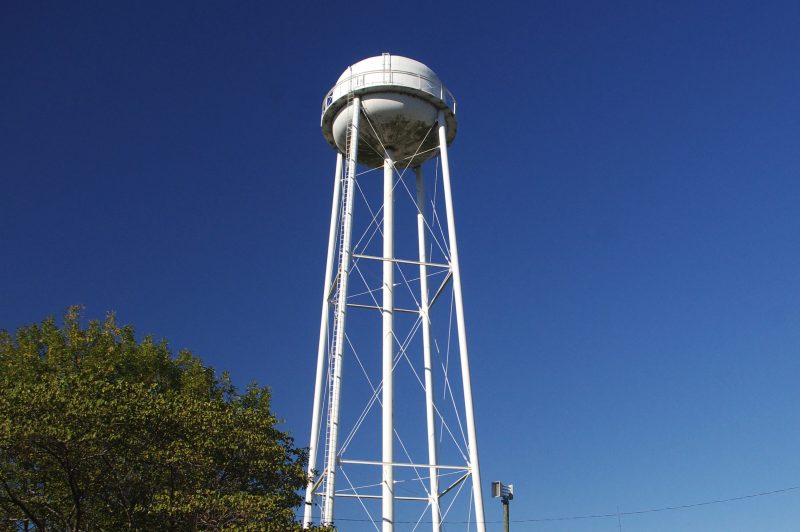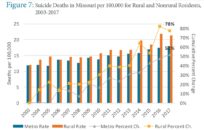Missouri’s small towns and underserved communities will be able to improve their drinking water systems thanks to a grant from the U.S. Environmental Protection Agency (EPA).
The state has access to $492,000 to use to ensure compliance with the federal Safe Drinking Water Act. Missouri can use the funds to conduct household water quality testing to ensure safe drinking water by analyzing samples for contaminants, including unregulated chemicals.
The grant is part of the Water Infrastructure Improvements for the Nation (WIIN) Act passed in 2016 which allocated $25 million in total for small communities to bolster economic development and recreation in small communities.
The agency is looking to the $1.2 trillion Infrastructure Investment and Jobs Act working its way through the legislative process to bolster its ability to invest in water improvements across the country, according to EPA Administrator Michael Regan.
“Safe drinking water is fundamental to building thriving communities and we are excited by the drinking water improvements that these funds will support across the country,” Regan said. “We are also excited by future program improvements envisioned by the Bipartisan Infrastructure Deal, including increased funding and removing barriers to better support low-income communities.”
The massive bipartisan package includes $35 million for the EPA to respond to emergencies affecting public water systems, in addition to a $25 million Drinking Water System Infrastructure Resilience and Sustainability program. Other earmarks in the bill include an escalating fund to address lead in school drinking water starting at $30 million for FY 2022 and Clean Water State Revolving Loan Funds starting at $2.4 billion.
The Safe Drinking Water Act covers more than 90 contaminants and is a priority for the EPA, according to the agency. More than 92 percent of the country’s population has access to drinking water that meets its standards, according to the EPA’s website.

Cameron Gerber studied journalism at Lincoln University. Prior to Lincoln, he earned an associate’s degree from State Fair Community College. Cameron is a native of Eldon, Missouri.
Contact Cameron at cameron@themissouritimes.com.























